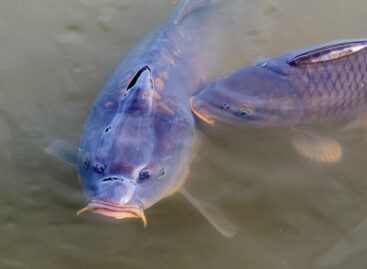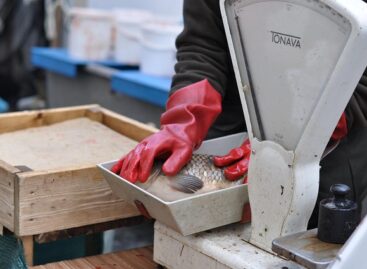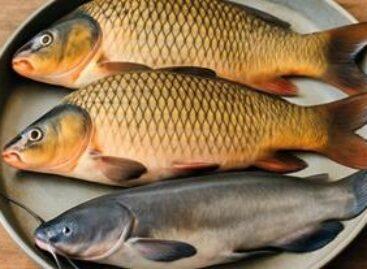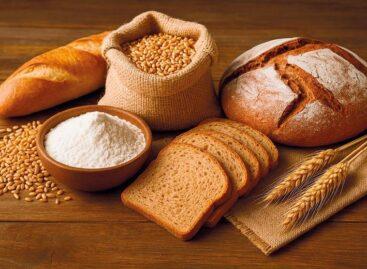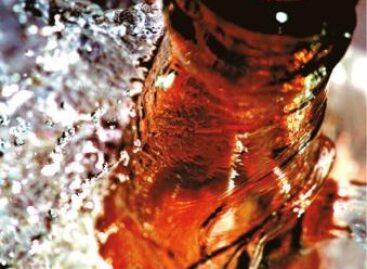Ups and downs in the Hungarian aquaculture sector

Ferenc Lévai
sppokesman
Hungarian Aquaculture and
Fisheries Interbranch Organisation
Fish farming is an important segment of Hungarian agriculture, where production is eco-friendly, characterised by low energy used and high product quality. Ferenc Lévai, spokesperson of the Hungarian Aquaculture and Fisheries Interbranch Organisation and CEO of Aranyponty Zrt. explained that Hungary is in a lucky situation, because its geographical location is ideal for fish farming in lakes. Annual net turnover of the aquaculture sector is HUF 18-19 billion, and its profitability level is around 4 percent. Last year 21,353 tonnes of fish was produced in lakes, 4 percent more than in 2019. Carp is the most popular species, having had an 82.7 percent share in total fish meat production last year.
We still don’t eat enough fish
Per capita annual fish consumption in Hungary was 6.5kg in 2019. This was much lower than the European Union average of 22kg/person/year. Typically Hungarians only eat fish in the Easter and Christmas periods. What is more, a large part of consumer demand is now satisfied by imported products, such as cod and salmon.
At the end of March 2020 the aquaculture sector was also affected negatively by the pandemic, as fresh and frozen fish orders dropped 15-20 percent when mass catering, restaurants and hotels were forced to close. Mr Lévai told that the level of production is growing. Actors in the sector must face problems such as climate change, the lack of workforce, growing input material prices, volatile export markets and changing consumption habits. //
The above article has also been published in Issue 2021/12-01 of Trade magazin.
Related news
There will be no shortage of high-quality Hungarian fish, according to professional organizations
🎧 Hallgasd a cikket: Lejátszás Szünet Folytatás Leállítás Nyelv: Auto…
Read more >Despite the drought, there will be no shortage of high-quality Hungarian fish
🎧 Hallgasd a cikket: Lejátszás Szünet Folytatás Leállítás Nyelv: Auto…
Read more >Domestic fish production is seeking a new balance
🎧 Hallgasd a cikket: Lejátszás Szünet Folytatás Leállítás Nyelv: Auto…
Read more >Related news
Layers of problems
🎧 Hallgasd a cikket: Lejátszás Szünet Folytatás Leállítás Nyelv: Auto…
Read more >Replanning for export markets
🎧 Hallgasd a cikket: Lejátszás Szünet Folytatás Leállítás Nyelv: Auto…
Read more >
